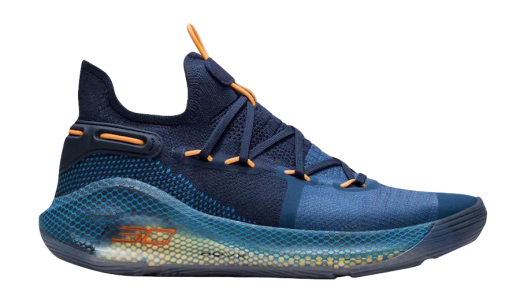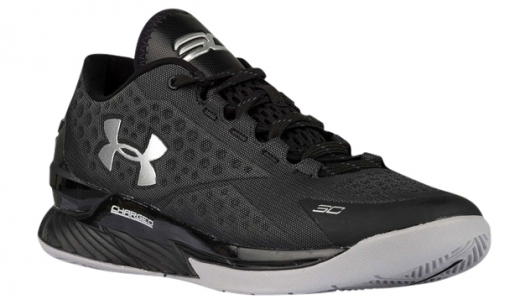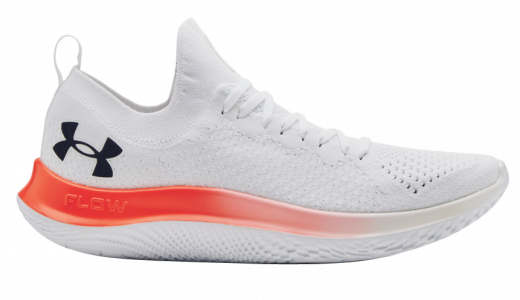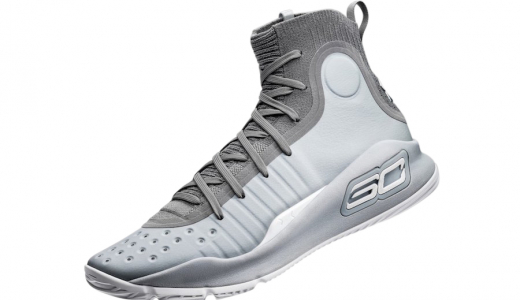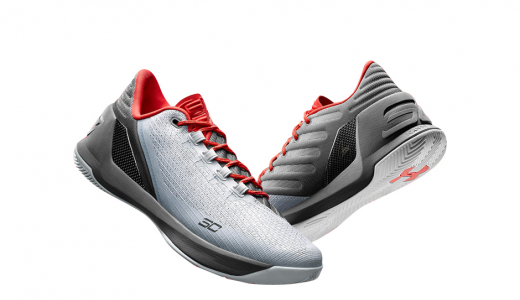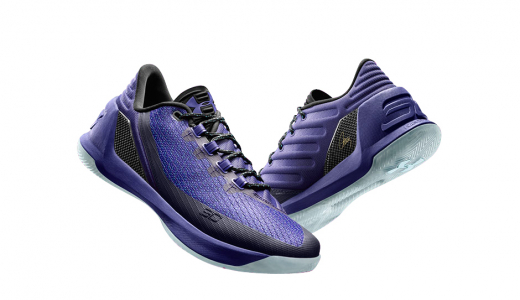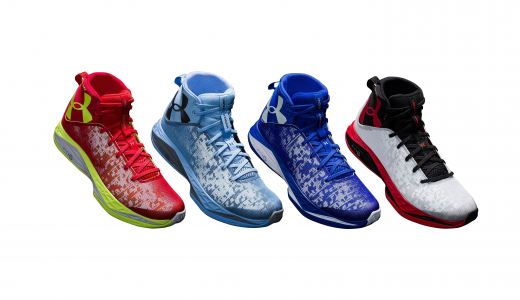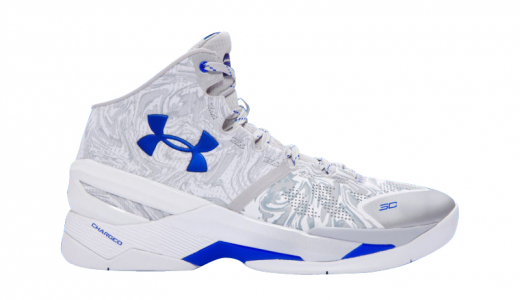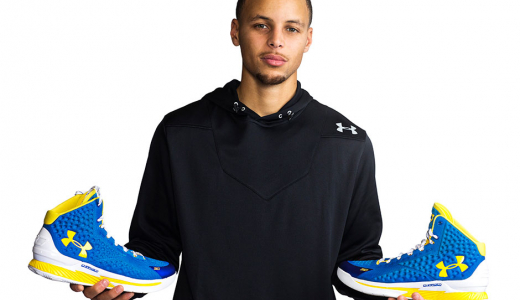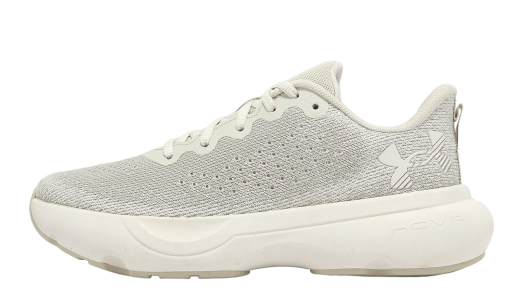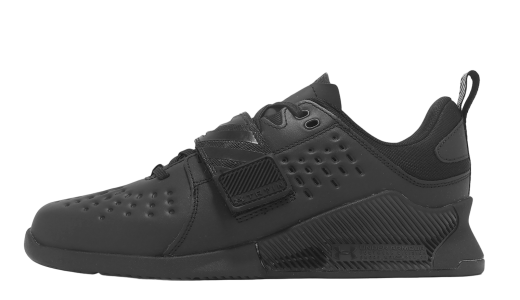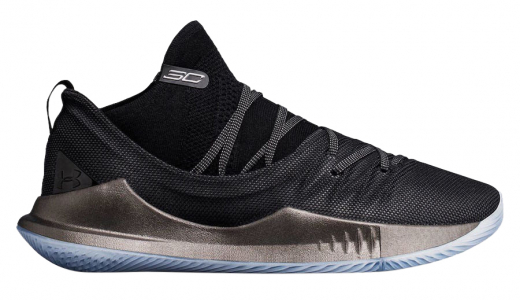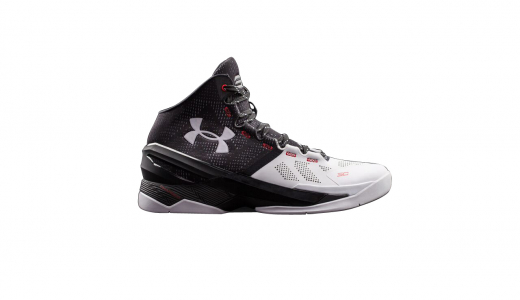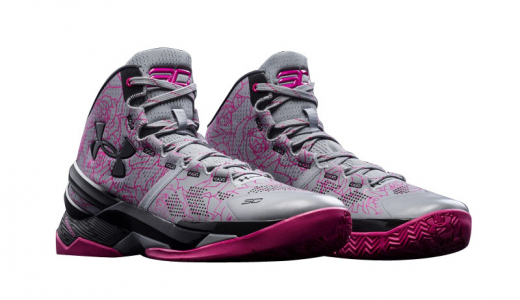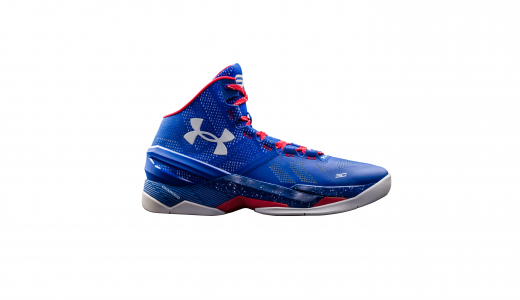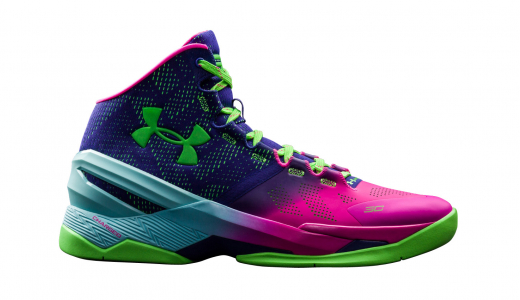Under Armour
Under Armour, Inc. is an American sports equipment company that has garnered widespread recognition for its innovative and performance-driven athletic apparel and accessories. Founded in 1996 by former University of Maryland football player Kevin Plank, Under Armour initially focused on moisture-wicking compression shirts designed to keep athletes cool and dry. The company's break came when several NFL players began wearing its gear, leading to significant media exposure and a subsequent increase in demand. Headquartered in Baltimore, Maryland, Under Armour has expanded its product line to include footwear, casual wear, and accessories. Over the years, it has maintained its commitment to innovation, introducing various proprietary technologies such as HeatGear, ColdGear, and UA HOVR cushioning, which are designed to enhance athletic performance in different conditions.
Under Armour has also invested heavily in marketing and branding, partnering with a variety of high-profile athletes, teams, and organizations across different sports to amplify its reach and credibility. High-profile endorsements from athletes like Stephen Curry, Jordan Spieth, and Lindsey Vonn have helped solidify the brand’s reputation in competitive markets. Additionally, the company has implemented a strong digital strategy, acquiring fitness and health tracking apps like MyFitnessPal and MapMyRun to integrate technology and fitness more closely. Despite facing stiff competition from industry giants like Nike and Adidas, Under Armour has managed to carve out a significant niche by focusing on innovation and performance. In recent years, the brand has continued to diversify its offerings and explore new market opportunities, aiming to sustain growth and retain its position as a leader in the sports equipment and apparel industry.
History of Under Armour
Under Armour: Pioneers and Innovators in Performance Apparel – A Comprehensive History
The genesis of Under Armour traces back to 1996, where an innovative idea was born in the mind of Kevin Plank, who was at that time a 23-year-old former special teams captain of the University of Maryland football team. Plank's vision was simple yet revolutionary: he sought to create superior apparel for athletes. His idea didn't just challenge the norms of athletic wear; it fundamentally transformed the industry. Today, Under Armour stands as a global leader in performance apparel, footwear, and accessories.
Early Beginnings and Groundbreaking Ideas (1996-2000)
Kevin Plank's journey started in the basement of his grandmother's house in Washington, D.C. The spark came from Plank’s personal experience on the football field. Tired of being weighed down by heavy, sweat-soaked cotton T-shirts that left him feeling uncomfortable during games, Plank aimed to develop a T-shirt made of moisture-wicking synthetic fabric. This would keep athletes dry and light, boosting performance and comfort.
Plank initially spent months researching materials, studying the properties that would facilitate evaporation and cooling. Eventually, he found a synthetic fabric that possessed the desired characteristics. With a $20,000 loan and $40,000 worth of credit card debt, Plank created his first prototype—the now-iconic #0037 T-shirt. He then traveled up and down the East Coast, selling his product from the trunk of his car to college athletes and their equipment managers.
The response was overwhelmingly positive. The revolutionary fabric technology that Plank had discovered significantly improved comfort and performance, and it wasn't long before Under Armour (a name inspired by the concept of a second skin for athletes) garnered attention. The brand's big break came when it secured a deal with Georgia Tech, followed by contracts with numerous other Division 1 football teams.
Expansion and Diversification (2001-2010)
Building upon early success, Under Armour expanded its product line in the early 2000s. In 2001, the company launched its first line of performance apparel for women. This period marked steady growth and diversification within the brand's offerings, including heat gear and cold gear designed to address specific temperature conditions.
One pivotal event in Under Armour's expansion was its entrance into the public eye through Hollywood. The company gained significant exposure in 1999 when their products were featured in the film "Any Given Sunday." This strategic product placement showcased Under Armour’s capabilities to a larger audience, further catapulting the brand into mainstream consciousness.
The company's public profile ascended yet another level in 2003, with a highly successful Super Bowl commercial spotlighting their "we must protect this house" campaign. The advertisement resonated with viewers and considerably boosted brand recognition. By 2005, Under Armour went public, trading on the New York Stock Exchange and raising substantial capital through its Initial Public Offering (IPO). This move provided the financial foundation for further growth and innovation.
Recognizing the synergy between athletic wear and footwear, Under Armour introduced its first line of football cleats in 2006. The expansion into footwear was a strategic and well-timed diversification that allowed the company to challenge established giants such as Nike and Adidas. By 2009, the company had also ventured into performance training gear, thereby solidifying its position as a comprehensive provider of athletic apparel and equipment.
Technological Innovations and Strategic Acquisitions (2011-2020)
Under Armour's commitment to technological innovation heightened in the 2010s. The company endeavored to stay at the forefront of performance-enhancing technology, introducing a slew of groundbreaking products that continually raised the bar for athletic wear. One key innovation was the introduction of 'Charged Cotton' in 2011—a material designed to have the comfort of cotton but the performative moisture-wicking abilities of synthetic fabric.
The next leap came in the form of connected fitness technology. Recognizing the increasing role of data analytics in sports and fitness, Under Armour acquired several tech companies to create a connected fitness ecosystem. These acquisitions included MapMyFitness in 2013, followed by Endomondo and MyFitnessPal in 2015. With these platforms, Under Armour aimed to integrate fitness tracking, diet management, and social networking to offer a holistic health and wellness experience.
During this period, the company also unveiled its UA Record platform, which allowed users to track and analyze various aspects of their fitness journey. This strategic move not only diversified Under Armour's portfolio but also reinforced the brand's commitment to leveraging technology to enhance athletic performance.
Challenges and Resilience (2016-Present)
Despite its many successes, Under Armour has not been devoid of challenges. By the mid-2010s, the company faced significant competition from established titans like Nike and Adidas, who ramped up their innovation and marketing efforts. Additionally, fluctuations in retail demands and operational challenges presented hurdles. Revenue growth experienced a slowdown, and internal restructuring efforts aimed to realign the company's strategy and operations.
In response to these challenges, Under Armour undertook several initiatives to rejuvenate its brand and reclaim market momentum. These included rebranding efforts and renewed investments in innovation and product development. CEO Kevin Plank stepped down from his role in 2019, passing the torch to Patrik Frisk, who aimed to streamline operations and focus on the company's long-term growth strategy.
Under Armour also navigated through the unprecedented challenges brought about by the COVID-19 pandemic. The company adapted by optimizing its e-commerce capabilities and adjusting its product offerings to align with shifting consumer behaviors.
Corporate Responsibility and Environmental Sustainability
Alongside its innovation-driven philosophy, Under Armour has also committed to corporate responsibility and environmental sustainability. Over the years, the company has launched various initiatives that underscore its dedication to ethical business practices, community engagement, and environmental stewardship.
Under Armour's sustainability initiatives include efforts to reduce water and energy consumption, minimize waste, and incorporate more sustainable materials into their products. The company has increasingly prioritized using recycled and bio-based fibers to reduce its ecological footprint.
Moreover, Under Armour has been involved in various community outreach programs focused on promoting health and wellness, particularly among young athletes. Initiatives such as the UA Power in Pink campaign support breast cancer awareness and research, while the UA Next platform aims to inspire and support the next generation of athletes.
Looking Ahead: Future Prospects and Vision
With its eyes on the future, Under Armour continues to pursue its core mission—to empower athletes with innovative solutions that enhance performance and improve overall well-being. The company remains committed to leveraging cutting-edge technologies, sustainable practices, and strategic partnerships to stay ahead in the competitive sportswear market.
Under Armour's future vision encompasses not only continued product innovation but also an acknowledgment of the importance of social and environmental responsibility. The company aims to be a leader in both performance technology and ethical business practices, reflecting a holistic approach to success in the modern era.
In an ever-evolving landscape where the intersection of technology, wellness, and sustainability becomes increasingly significant, Under Armour stands poised to navigate new challenges and redefine the future of athletic apparel.
Conclusion
In conclusion, the history of Under Armour is a story of relentless innovation, strategic growth, and resilience. From its humble beginnings in Kevin Plank's grandmother's basement to its standing as a global leader, Under Armour has consistently pushed the boundaries of performance apparel and footwear. Embodying a spirit of continuous improvement and commitment to athletes, Under Armour's journey is a testament to the power of vision, perseverance, and strategic foresight.
As the brand continues to evolve, one can expect Under Armour to remain at the forefront of performance-enhancing technology while also championing sustainable and responsible business practices. With a steadfast dedication to empowering athletes and improving performance, Under Armour's legacy is poised to inspire and influence the future of athletic wear for years to come.

